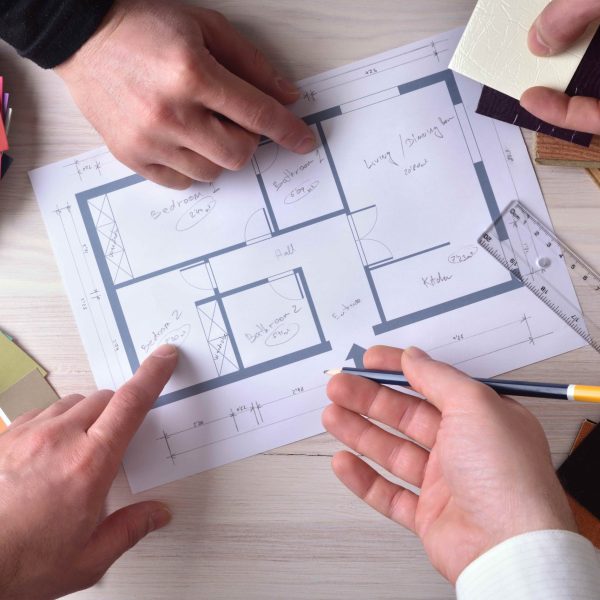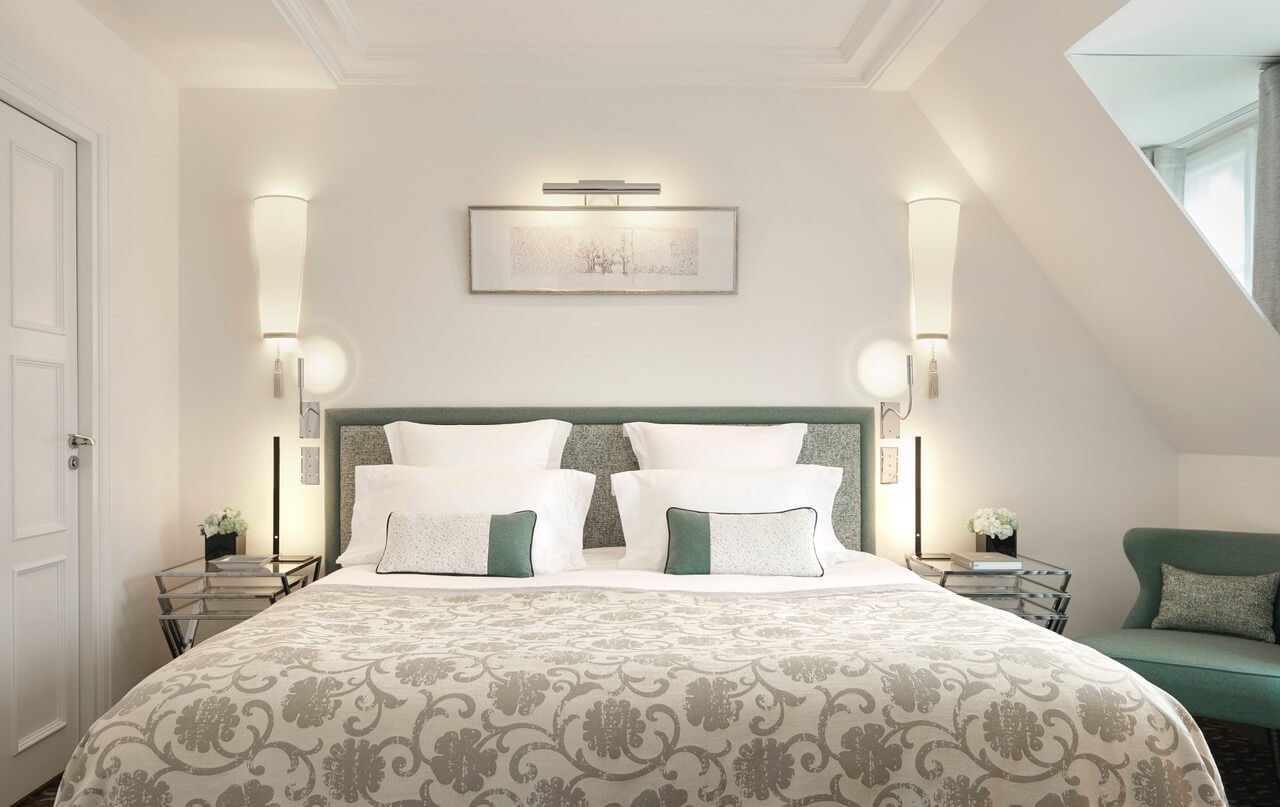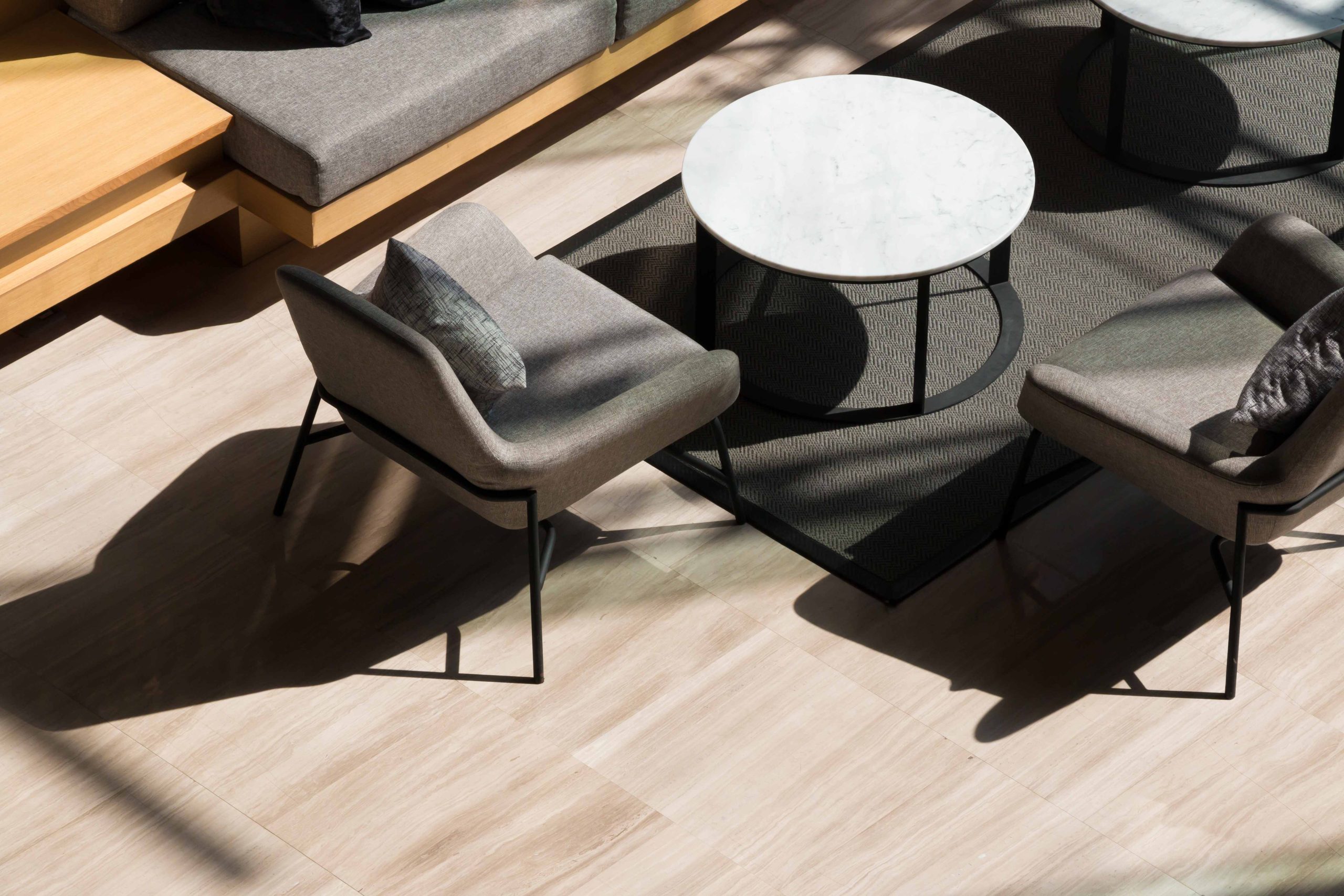When it comes to designing and transforming an interior space, it’s crucial to understand the distinct roles of the interior decorator and the interior architect. Indeed, these professionals play an essential role in creating functional and aesthetically pleasing interior environments. Although the two professions share similarities, they differ in their training, skills and responsibilities. In this comprehensive article on interior design, we’ll take a closer look at these two professions, highlighting their fundamental differences, as well as the advantages they offer in realizing innovative, personalized interior design projects.
The interior decorator combines creativity and aesthetics
The interior decorator is a professional specializing in the beautification and aesthetic transformation of interior spaces. Their main objective is to create attractive, functional environments that meet the needs and aesthetic tastes of their customers. These interior design experts possess expertise in the use of color, texture and layout to create unique and welcoming atmospheres. Their keen eye for decorative detail enables them to enhance every element of the space, whether it’s the choice of furniture, textiles, accessories or artwork.
Interior designers work closely with their customers to understand their personal preferences, lifestyles and design goals. Whether creating a comfortable and convivial living space, an inspiring and productive office or an elegant and welcoming restaurant, interior designers apply their expertise to realizing their customers’ aesthetic and functional aspirations. Thanks to their in-depth knowledge of design trends, materials and products available on the market, interior designers are able to propose creative and innovative solutions for every project. Their ability to transform ordinary spaces into extraordinary places makes them invaluable partners in creating interior environments that reflect their customers’ personalities and lifestyles.
What skills does an interior decorator have?
Interior designers may have formal training in the field of interior design, but many have also acquired their skills through practical experience and a passion for design. Their training may include courses in design principles, materials selection, visual presentation and project management. Some may have taken specific academic programs at art or design schools, while others may have learned on the job by working with experienced designers. The key to their success often lies in their ability to combine theoretical knowledge with artistic intuition to create unique, functional spaces that meet customers’ needs and preferences.
What does an interior decorator do?
An interior designer’s tasks include selecting colors, fabrics, furniture and decorative accessories, as well as creating layout plans and lighting schemes. In addition to these creative tasks, they must also be able to manage the practical aspects of the project, such as meeting deadlines, staying within budget and coordinating with other building professionals, such as contractors and architects. They often work closely with customers to understand their needs and preferences, and are responsible for turning these visions into reality. Ultimately, their aim is to create interior spaces that not only impress visually, but are also functional, comfortable and suited to the lifestyles of their occupants.
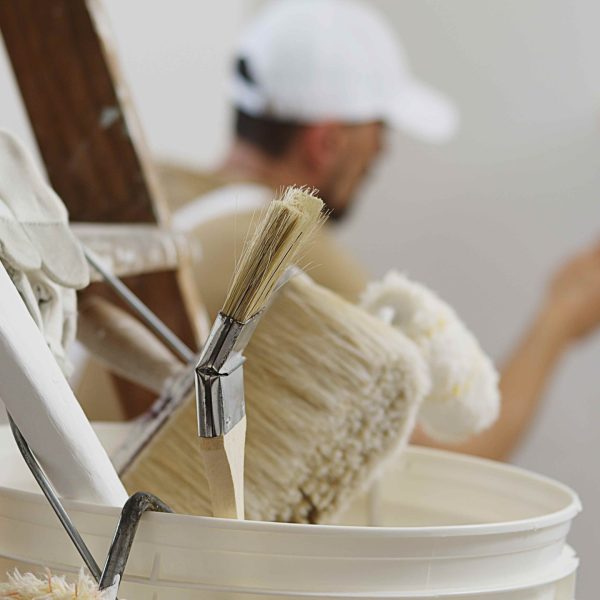
Unlike the interior decorator, the interior architect is a professional skilled in the design and planning of interior architecture. Their role goes beyond mere aesthetics to include structural, functional and safety considerations. Interior designers are trained to understand the principles of building engineering, air circulation, natural and artificial lighting, as well as construction and safety standards. Their expertise enables them to design interior spaces that are not only aesthetically pleasing, but also practical, safe and compliant with current regulations. In addition, interior designers are often involved in renovation or redevelopment projects where structural modifications may be required, such as knocking down load-bearing walls, creating new openings or optimizing room layouts to maximize available space. In short, while interior designers focus primarily on the visual aspect of a space, interior architects take into account both aesthetics and functionality to create interior environments that meet their clients’ specific needs and requirements.
The interior designer combines functionality and structure
What skills does an interior designer have?
Interior designers generally have university training in interior architecture, giving them a thorough understanding of design principles, construction and building regulations. Their training often includes courses in space planning, structural design, building codes and mechanical systems. In addition to the creative aspect of design, interior architects also acquire technical expertise in the use of computer-aided design (CAD) and 3D modeling software, as well as in project management and communication with clients and other construction professionals.
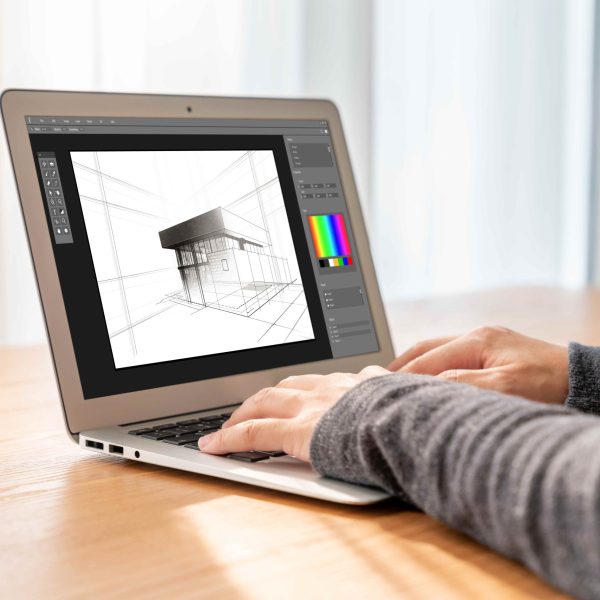
What skills does an interior designer have?
Interior designers generally have extensive university training in interior architecture, giving them a thorough understanding of design principles, construction and building regulations. Their training often includes courses in space planning, structural design, building codes and mechanical systems. In addition to the creative aspect of design, interior architects also acquire technical expertise in the use of computer-aided design (CAD) and 3D modeling software, as well as in project management and communication with clients and other construction professionals.
What does an interior designer do?
An interior designer’s responsibilities include designing floor plans, manipulating existing structures, coordinating with engineers and contractors, and complying with building codes and local regulations. They are responsible for designing interior spaces that are both functional and aesthetically pleasing, while taking into account budgetary constraints and customer requirements. In addition to their design role, interior architects may also be involved in selecting materials, supervising construction and inspecting completed work to ensure that the project is carried out to the required specifications and quality standards.
In summary, although interior designers and interior architects share a common interest in creating attractive interior environments, their roles and responsibilities differ significantly. While decorators focus on aesthetics and decorative details, interior architects integrate structural and functional considerations into their work. By understanding these distinctions, customers can choose the professional who best suits their interior design needs and goals.
As an interior design studio performing both interior architecture and decoration, Making-Of Studio offers expertise in both fields, providing customers with a full range of services to transform their interior spaces into environments that are both aesthetically pleasing and functional. Contact us today to get started on your interior design project.
